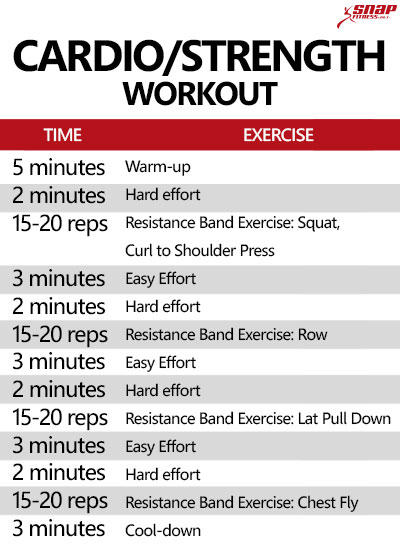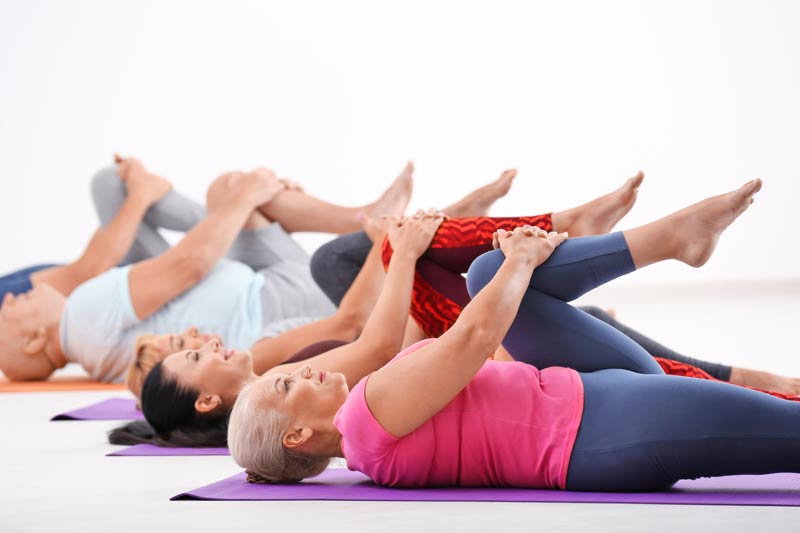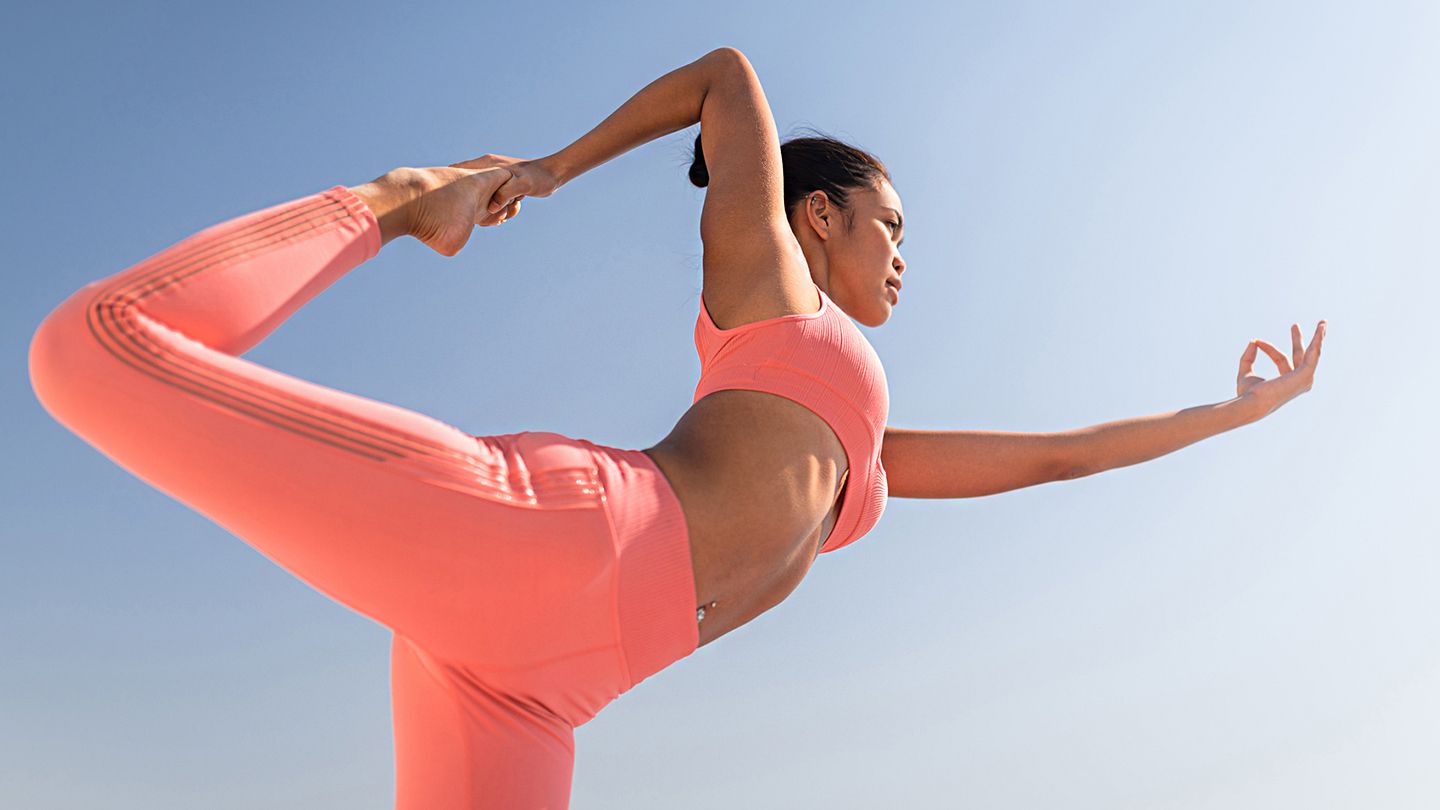
Bhaktiyoga (also called Bhakti Marga) refers to a spiritual path in Hinduism which focuses on loving devotion towards a personal deity. It is one path that leads to moksha and is one of the most important Hindu paths. Karma yoga, Jnana Yoga and Karma yoga are the two other paths. Learn more about this ancient Indian discipline. Keep reading to find out more about Bhakti.
bhakti means love
This spiritual practice is based on Bhakti, which is Sanskrit for love. It is a way to love God and it is the foundation of yoga. It's a path to self realization and oneness with all of life. The earliest recorded example of Bhakti yoga comes from the twelveth century, when a ten-year-old girl named Akka Mahadevi began to worship Shiva, the deity of destruction. Bhakti Yoga, a yoga form, teaches us that all things have their purpose.

bhakti means devotion
Sanskrit for "adoration", bhakti can also be translated as "bhakti" from the root word "bhaj", which is the same word that means "to adore". Many yoga practitioners refer to 'bhakti' as love for love's sake or union through devotion. Bhakti Yoga is a path that leads to self-realization and union, even with the divine. Neemkaroli Baba, the late Neem Karolibaba is known as a shining example of bhaktiyoga and his teachings continue inspire people around globe.
bhakti means surrender
The word "bhakti" in bhakti yoga refers to the process of surrendering to a higher power. This surrender does NOT involve worshipping a deity or god. Instead, it involves surrendering oneself completely to the Divine within. The ability to surrender to the Divine allows one to transcend their own senses of separation and live a life that is in service to all beings. As it releases us from negative Karma and removes us from attachments to negative thoughts, surrender can be a powerful way to overcome anxiety.
bhakti means courage
Bhakti Yoga is one of the oldest paths to yogic practice. Its name comes from the emphasis placed on loving devotion to a particular deity. The main steps of Bhakti practice include kirtan chanting, mantra meditation, and unbroken remembrance of the Divine. Bhakti practitioners see Divinity everywhere and feel intense longing.
Bhakti refers to self-offering
Bhakti Yoga is a form of devotion that involves an unwavering belief in the lord and permanent residence in Him. The Bhagavad Gita suggests that this form of devotion can be developed through practice and iron-willed dedication. This involves dedicating your work to God and offering thanks. This practice allows you to be grateful for the existence and beauty of all things, as well as life itself.

bhakti means friendship
Bhakti is derived form the Sanskrit root, bhaj which means "love". Yogis practice devotion by focusing on God's light in all creation. They make friends with other people and listen to their needs. Ultimately, bhakti is all about giving and receiving love. We will be discussing some of the many benefits of Bhakti Yoga in the next paragraphs.
FAQ
How long does it take to learn yoga?
Like any skill, it is important to train your brain in order to properly perform yoga. You can practice yoga at your own home once you are comfortable with the basic positions.
To start, complete about 20-30 minutes of warm-ups before beginning your class. Next, spend 5-10 minutes warming your body with simple stretches. Then, move on to more challenging poses.
After mastering the basics, you can progress to intermediate classes where you will learn more advanced moves. For example, if you're learning yoga for the first time, you might start with standing poses like the Tree (Vrksasana) and Mountain (Tadasana).
What are the differences between Hatha and Ashtanga, Vinyasa Power Yoga, Power Yogas, Kripalu, Bikram, Power Yogas, Vinyasa and Power Yogas? ?
There are many different types of yoga. Each one offers a different way to find balance in our lives.
The most popular types of yoga are:
Hatha – This is a form of stretching that focuses on flexibility and core strength.
Ashtanga- Slow-paced movements that increase strength and stamina are the focus of Ashtanga.
Vinyasa: This style of yoga allows you to deeply breathe and has fast-flowing sequences.
Power - A form of power yoga that includes more challenging moves.
Kripla – One of the oldest forms if yoga that dates back thousands upon thousands of years.
Bikram is a type of yoga that can be practiced in heated rooms.
After I do yoga, will my clothes still fit?
Most likely, yes. Many yoga pants are elastic at the waist and stretch when worn. They should be loose enough to wear during a workout, and not feel constricting.
It might be more difficult to find the right yoga pants if you have recently lost weight. You might consider shorts or leggings in this situation.
Statistics
- The people in the yoga group were 37 percent more likely to have quit smoking by the end of the 8-week program. (nccih.nih.gov)
- According to the Agency for Healthcare Research and Quality, falls are incredibly common among older adults in nursing facilities. Even the simplest ones can increase the risk of death (24). (healthline.com)
- Lock in 25% off your Founding Member rate. (corepoweryoga.com)
- In comparison, a 125-pound person is estimated to burn 135 calories in 30 minutes of walking (at a pace of 15-minute miles) and 210 calories bicycling at a moderate pace on a stationary bike. (everydayhealth.com)
- About one in seven U.S. adults practiced yoga in the past 12 months, according to a 2017 national survey. (nccih.nih.gov)
External Links
How To
What is the best position to practice yoga?
There are no wrong or right ways to practice yoga. Everybody is unique. You just need to identify which positions are most comfortable.
These are some of the most common positions:
Standing poses – Standing poses are perfect for beginners. They make it easier to concentrate on your breathing.
Forward bends: Forward bends are used to stretch tight areas. Try them while sitting or lying down.
Backbends. Backbends generally are considered advanced poses. Ask your instructor for advice if you're interested in trying it.
Inversions – Inversions require you to balance upside down. This type of yoga is challenging, but it can be rewarding.